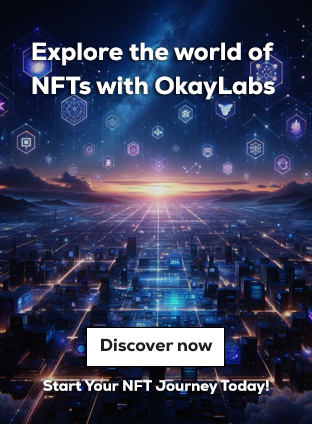OpenAI has announced a partnership with Los Alamos National Laboratory (LANL), renowned for its historical role in developing the first nuclear weapon, to explore the applications of artificial intelligence in bioscience research.
Collaboration Details:
- OpenAI is collaborating with LANL’s bioscience division to assess how AI models, specifically mentioning GPT-4o, can support scientific tasks within physical laboratory environments.
- The focus includes evaluating the use of GPT-4o’s capabilities, including its real-time voice systems, to aid in biological safety assessments and other bioscience research activities.
Background of Los Alamos National Laboratory:
- Established in 1943 during World War II with the mission to develop the atomic bomb, LANL has since diversified its research efforts into various fields, including national security, space exploration, renewable energy, and now bioscience.
- Post-Cold War, LANL shifted its focus towards civilian research, encompassing vaccine development, biotechnology for sustainability, climate change impact on disease, and biothreat detection.
Goals and Objectives:
- The partnership aims to integrate AI capabilities, such as multimodal interactions (voice, imagery, text) offered by GPT-4o, into bioscience practices like cell transformation, cell culture, and cell separation.
- OpenAI plans to enhance its bioscience capabilities by incorporating “wet lab techniques,” training AI models to assist in complex tasks like mass spectrometry, and exploring new AI modalities for laboratory use.
Implications and Future Prospects:
- OpenAI’s collaboration with LANL underscores its commitment to advancing bioscience research and addressing biothreat risks using AI-driven solutions.
- The partnership comes amid regulatory scrutiny faced by OpenAI, including Microsoft’s recent withdrawal from its board and potential antitrust investigations in the European Union.
By leveraging AI advancements in bioscience, OpenAI and LANL aim to pioneer innovative approaches that could accelerate scientific discoveries and enhance laboratory efficiency in critical research areas.



